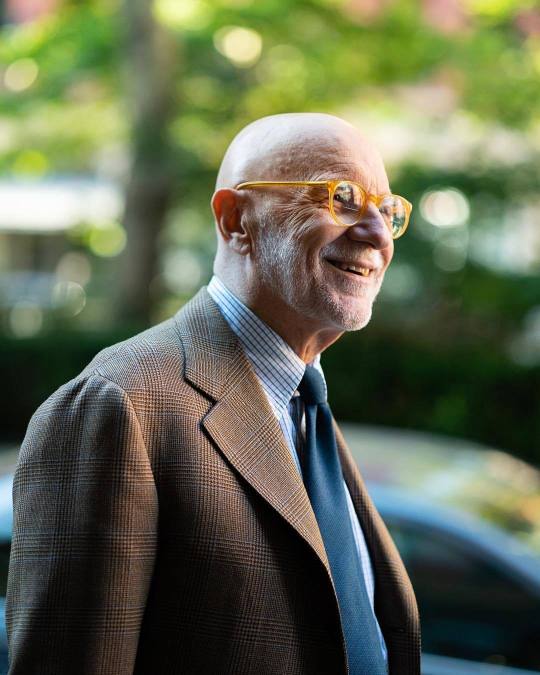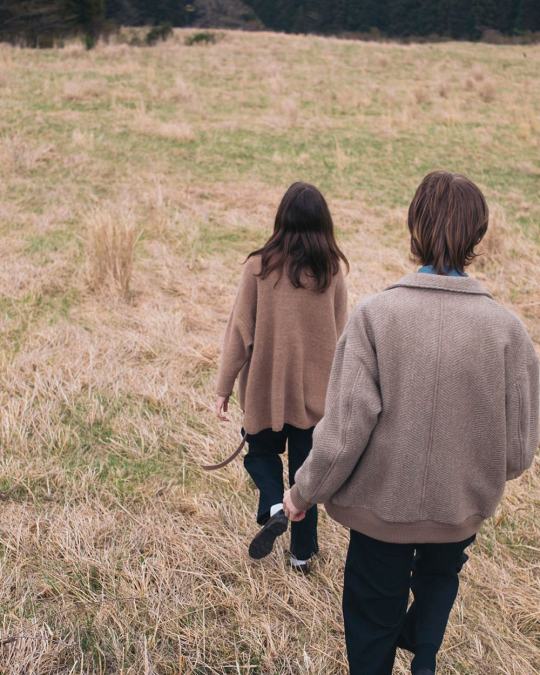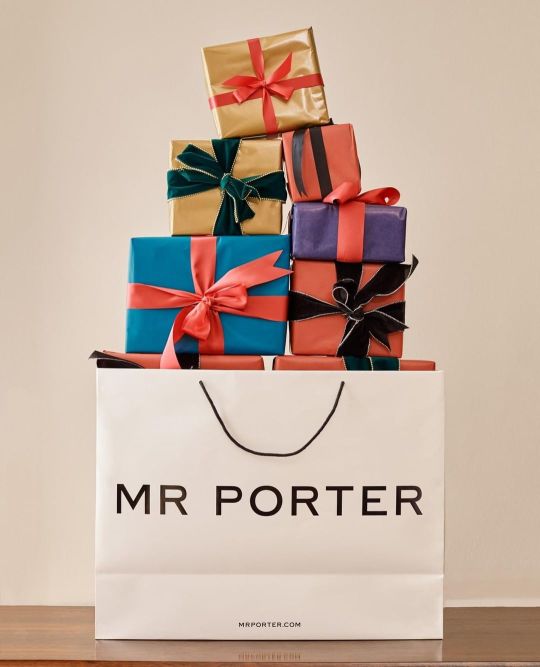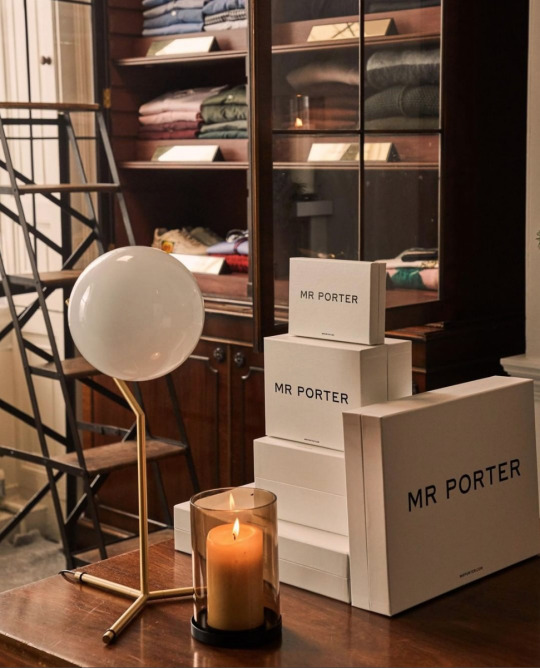No Man Walks Alone Starts Sale
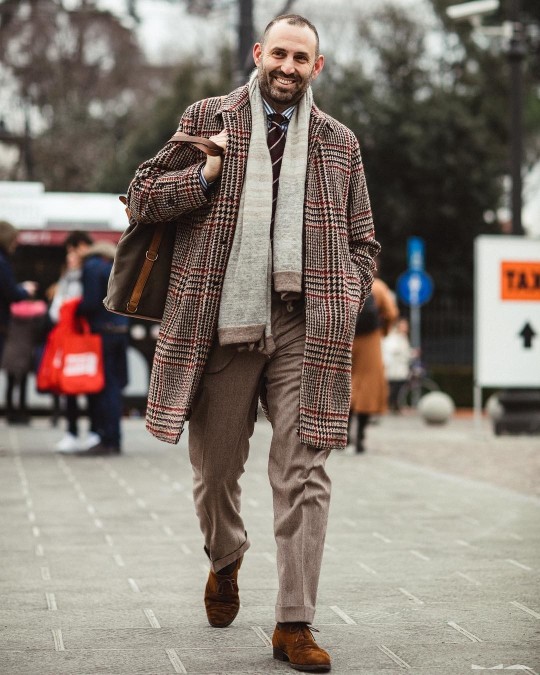
It’s that time of year when I post a spat of seasonal sales. The third big one started this morning: No Man Walks Alone, where you can find select items discounted by as much as 40% off. Their sale is one of my favorites for two reasons. The first is that I get to post a photo of the shop’s founder, Greg Lellouche, and note that he is, in fact, walking alone. The second is the shop’s selection. While No Man Walks Alone is a sponsor on this site, they’re also one of my favorite online retailers. Along with some excellent tailoring, they also carry Japanese workwear, contemporary casual, and a bit of the avant-garde.
The selection here is big, but not massive. It’s reasonably easy to scroll through the entire sale selection to see if there’s anything you want, but No Man Walks Alone also has filters on their site so you can narrow in on sizes, colors, and brands. Some of my favorite makers here include Sartoria Formosa, Drake’s, and Kaptain Sunshine. If you’re looking for highlights, here are ten things that I think are notable.
Valstar’s Plaid Wool-Alpaca Topcoat
Keep reading

